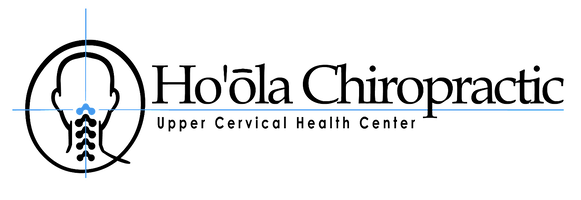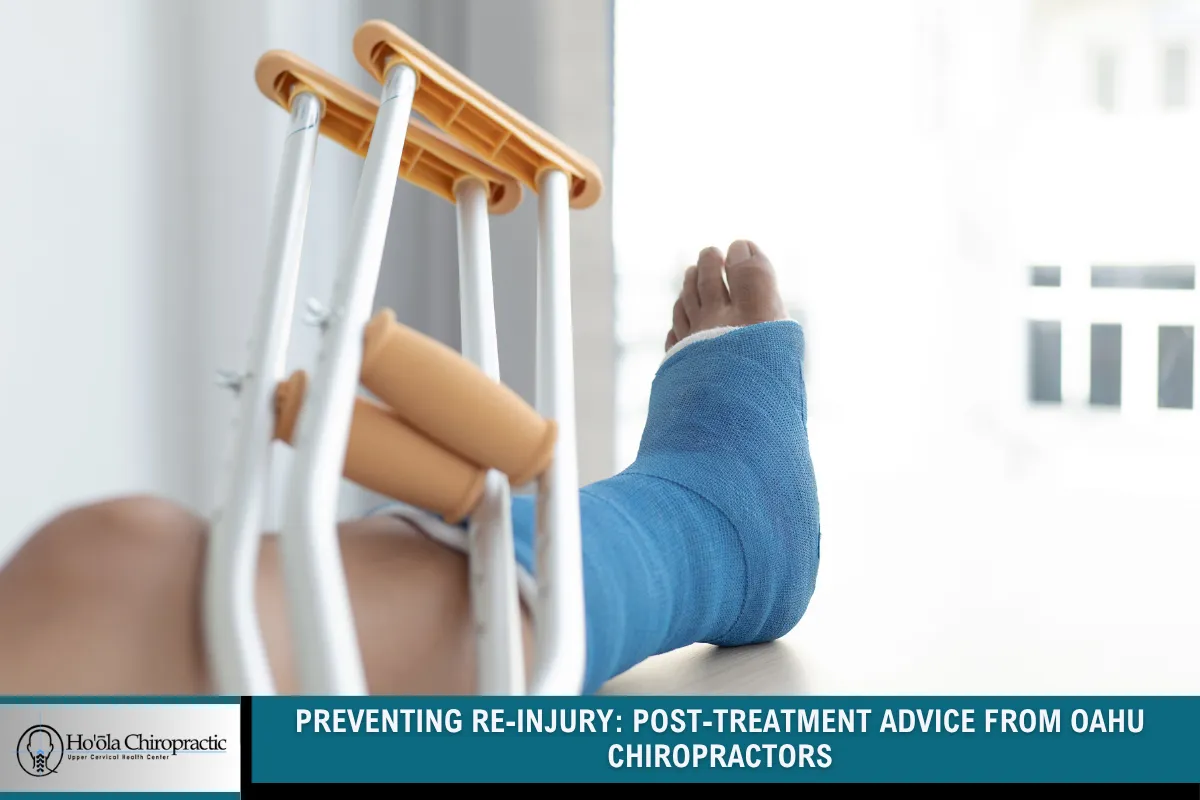Recovering from pain or injury with the help of a chiropractor in Oahu is a huge step toward long-term wellness. But here’s something many patients overlook — healing doesn’t stop once the pain goes away. Preventing re-injury is just as important as the initial treatment. Whether you’re recovering from back pain, neck strain, or a sports-related injury, understanding how to protect your body post-treatment is crucial to maintaining your health.
In this guide, we’ll share expert advice from Honolulu chiropractors on how to keep your recovery on track and avoid slipping back into discomfort. From movement habits to nutrition, this post-treatment playbook is designed to support you every step of the way.
Why Re-Injury Happens After Chiropractic Care
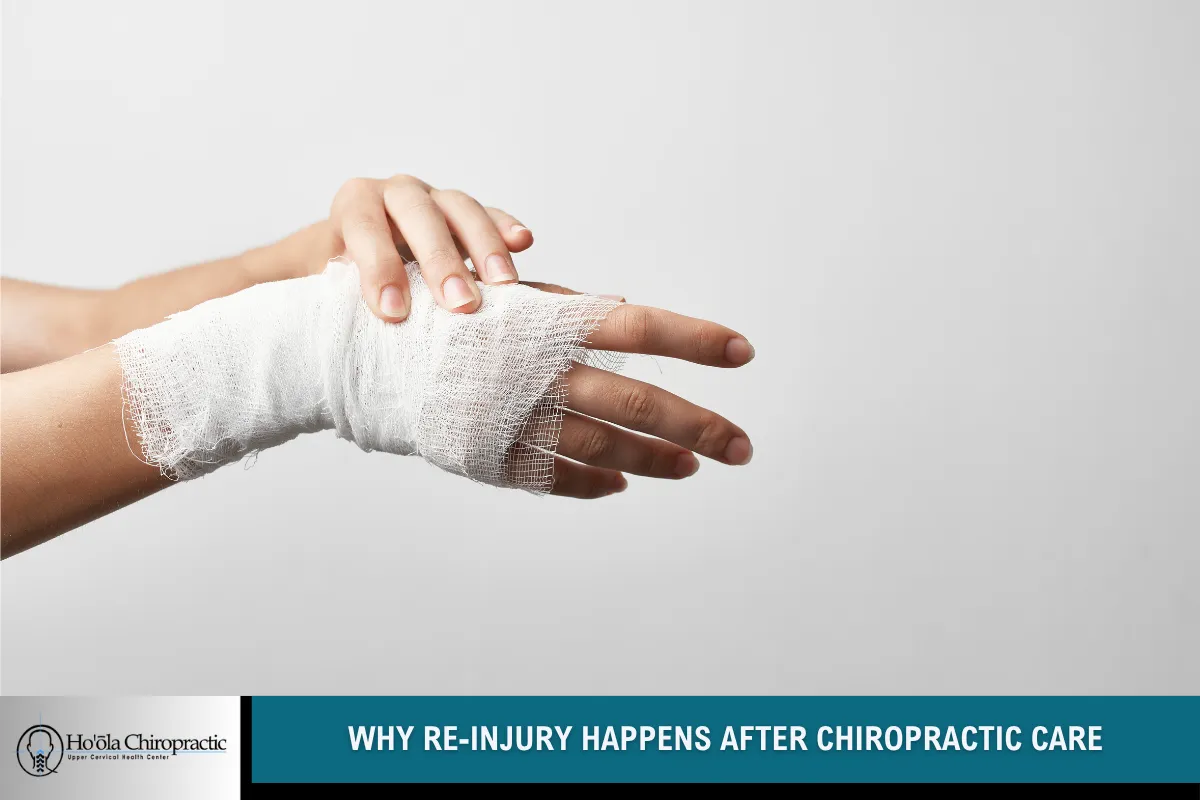
Getting back to your routine too quickly can lead to re-injury. But why does it happen so often?
Incomplete Recovery
Even if you’re feeling better, the structures around your spine — like muscles and ligaments — may still be weak or healing. Without full recovery, they’re more prone to stress and strain.
Returning to Old Habits
Posture, repetitive motions, or prolonged sitting without stretching can all reignite the same pain you worked hard to treat. Falling back into poor habits often invites re-injury.
Ignoring Body Signals
Minor aches, stiffness, or imbalance may seem harmless, but they’re signs your body needs more time or support. Ignoring them often leads to bigger issues.
The Importance of Staying Consistent with Chiropractic Aftercare
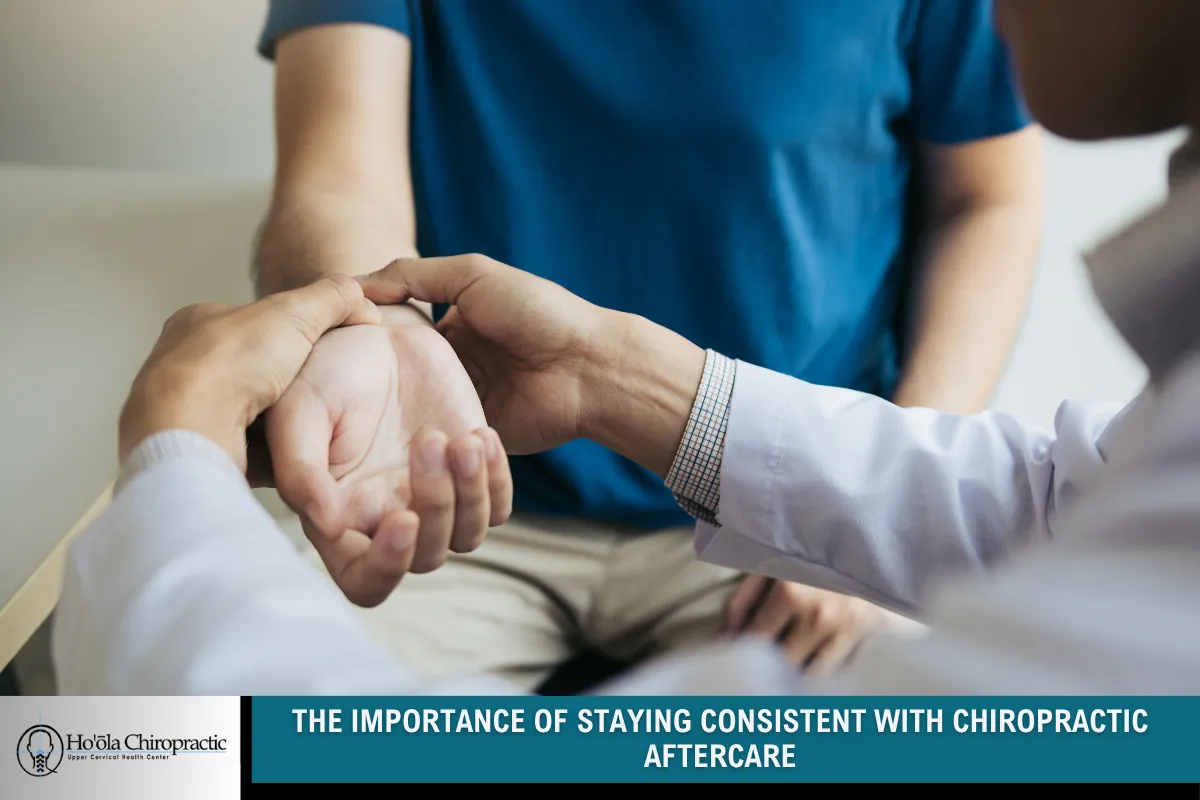
Your healing doesn’t stop at the last appointment. Honolulu chiropractors stress the importance of consistency, especially in the weeks and months following treatment.
Keep Follow-Up Appointments
Even if you feel better, follow-ups allow your chiropractor to monitor your progress, adjust your care as needed, and catch small problems early before they become significant setbacks.
Stick to Your Home Exercise Plan
Most chiropractors on Oahu recommend stretches and strengthening exercises tailored to your specific condition. These routines help improve posture, build core stability, and prevent strain.
Maintain Good Posture Throughout the Day
Whether you’re sitting at your desk in Downtown Honolulu or driving along H-1, posture plays a major role in spinal health. Sit tall, keep your shoulders back, and maintain an upright posture.
Movement Tips to Prevent Re-Injury
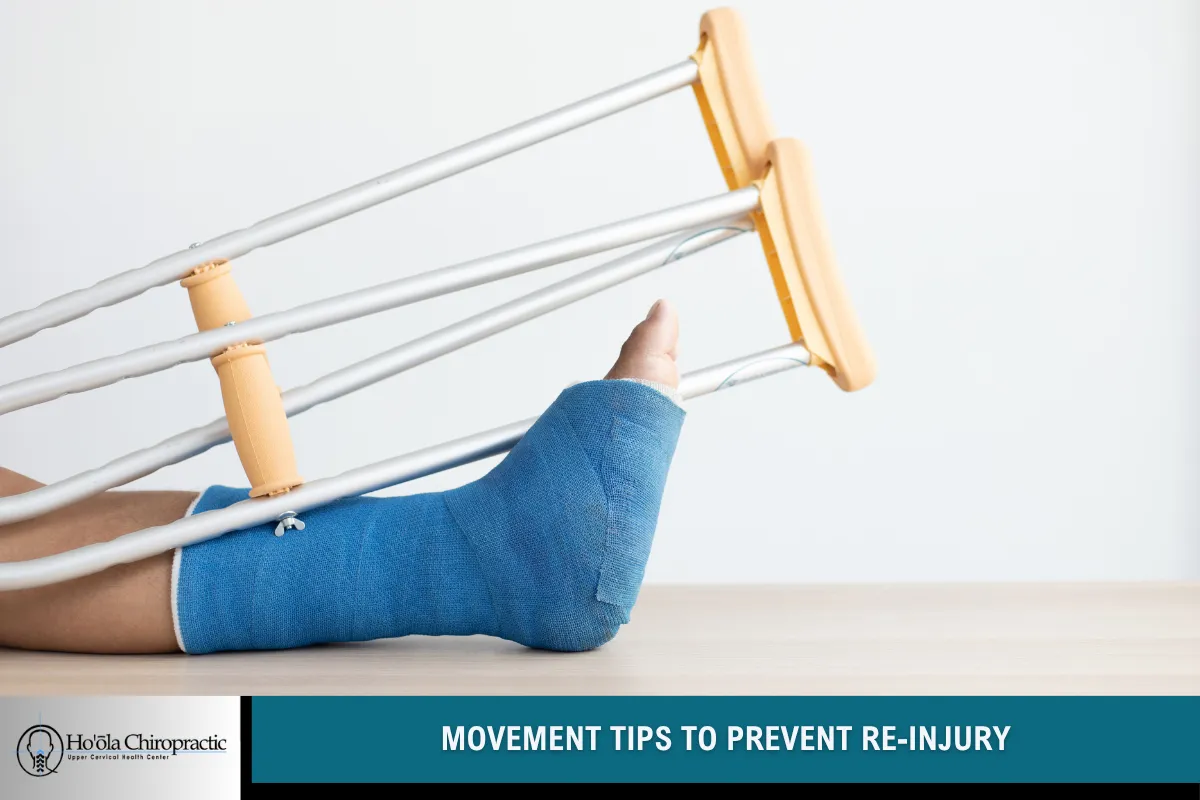
Movement is medicine — but only when done correctly. Jumping into high-impact activity too soon is a common mistake.
Start with Gentle, Low-Impact Exercise
Walking, swimming, or yoga can help you ease back into movement without overexertion and strain on healing tissues. Begin slowly and increase intensity only when your body is ready.
Build Core Strength Gradually
Your core muscles are your body’s foundation. Strengthening them helps protect your spine during daily activities. Planks, pelvic tilts, and bird-dog exercises are excellent starting points.
Stretch Daily to Maintain Flexibility
Tight muscles create an imbalance and put stress on your joints. Gentle stretching for your hips, hamstrings, neck, and shoulders can reduce tension and improve your range of motion.
Support Healing Through Proper Nutrition and Hydration
What you eat and drink after chiropractic care can either speed up or slow down your recovery.
Eat for Recovery
- Protein supports tissue repair
- Omega-3 fatty acids help reduce inflammation
- Vitamin C promotes collagen production
- Magnesium helps relax muscles
- Calcium + Vitamin D support bone health
Stay Hydrated in Honolulu’s Climate
Oahu’s warmth and humidity increase your need for hydration. Drink plenty of water throughout the day to keep joints lubricated and muscles functioning smoothly.
Common Habits That Can Cause Setbacks
You might not even realize that some everyday actions are putting your recovery at risk.
Poor Sleeping Positions
Your sleep posture can strain your neck and back without you realizing it. Sleep on your side with a pillow between your knees or on your back with support under your legs.
Wearing Unsupportive Shoes
Footwear matters — especially if you’re walking a lot. Choose shoes with good arch support instead of flat sandals or flip-flops, as these can put undue stress on your lower back and knees.
Sitting Too Long
If your job keeps you at a desk or behind the wheel, make it a habit to stand and stretch every 30–45 minutes. Prolonged sitting compresses your spine and tightens your muscles.
Why Ongoing Chiropractic Care Matters
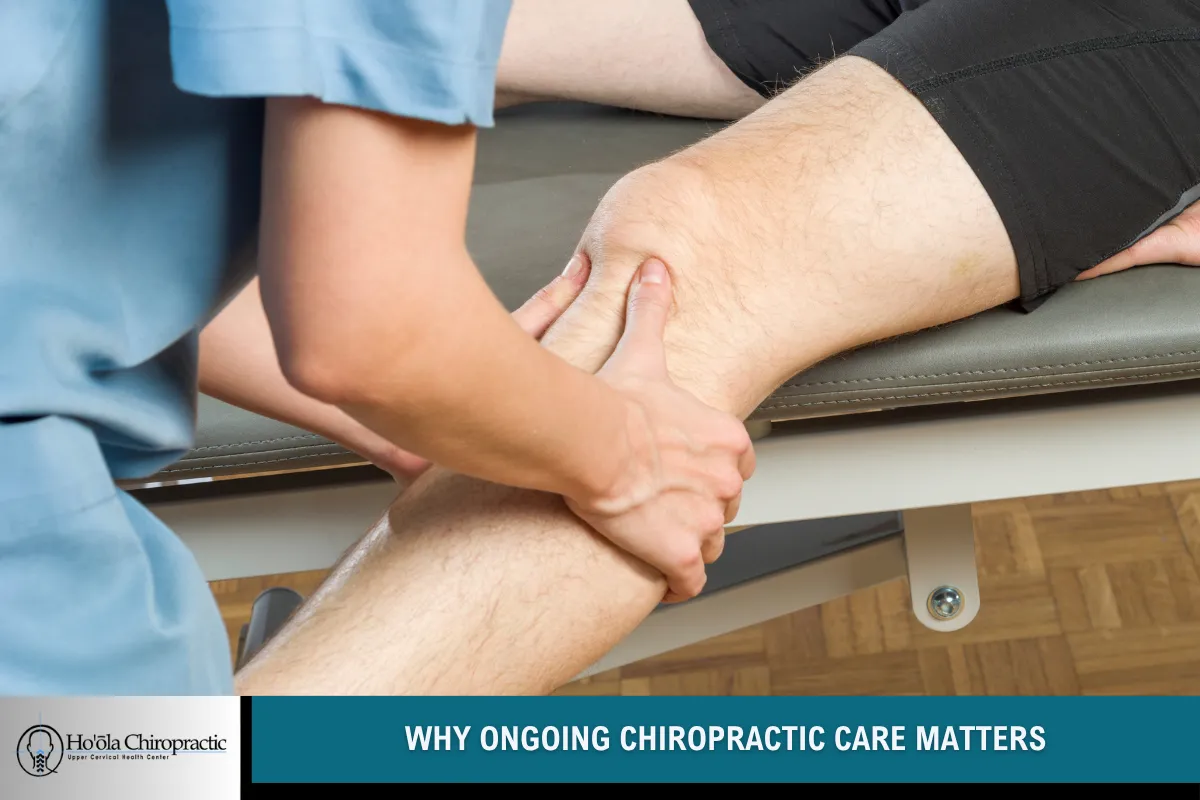
Think of your chiropractor not just as someone who fixes problems but as a long-term partner in your wellness.
Preventative Adjustments
Regular chiropractic visits help maintain proper alignment, reduce tension, and address issues before they develop into pain.
Guidance for Everyday Life
A chiropractor in Oahu can offer advice on posture, sleep, activity, and even stress management. It’s about total-body wellness, not just spinal care.
Living Active in Honolulu Without Re-Injury
Honolulu’s outdoor lifestyle is one of its best features — but it comes with physical demands.
Reintroduce Activities Slowly
Whether it’s hiking, surfing, or beach volleyball, start small and listen to your body. Gradually increase your activity level to avoid re-injury.
Use Proper Technique
Bad form, whether lifting a kayak or hitting the waves, leads to strain. Your chiropractor can guide you on body mechanics that keep your movements safe and efficient.
Red Flags That You Might Be Overdoing It
Pay attention to your body. These warning signs suggest it’s time to rest — or revisit your chiropractor:
- Persistent soreness that lasts more than a few days
- Sudden or sharp pain with movement
- Fatigue or weakness during basic tasks
- Uneven muscle tightness or posture imbalance
How to Create a Post-Treatment Recovery Plan
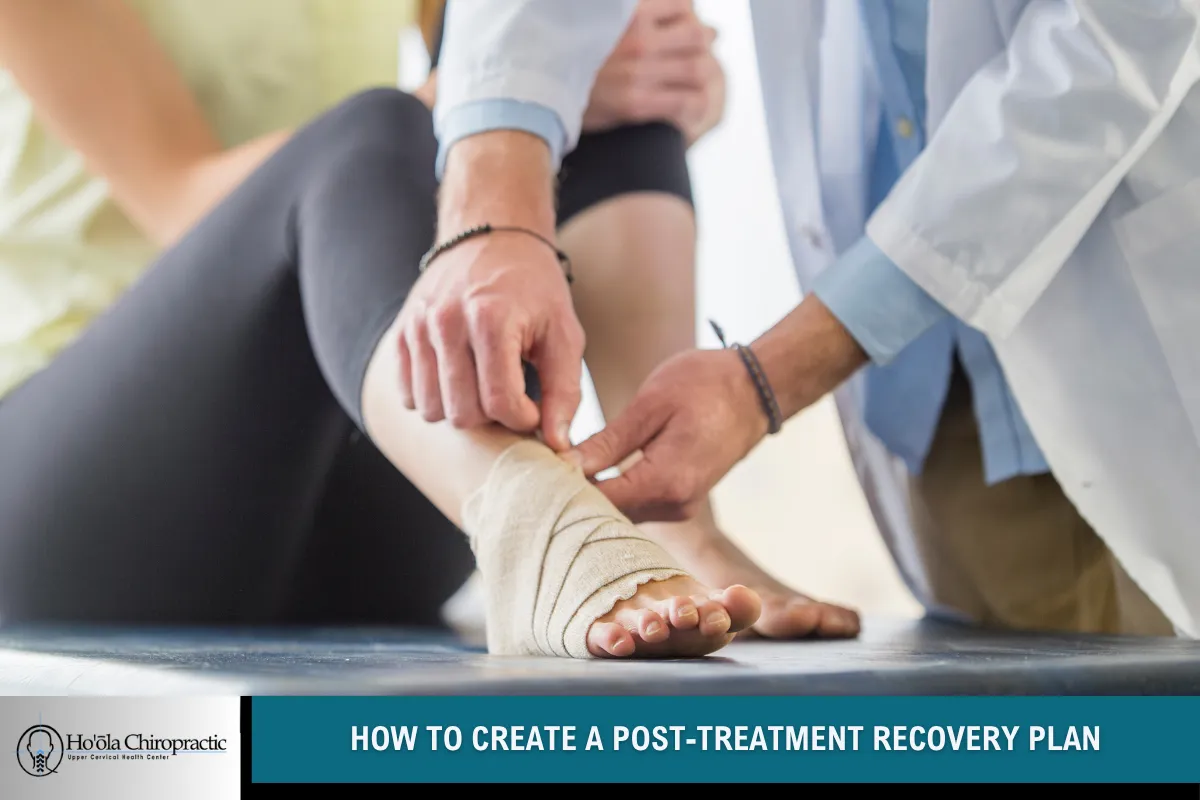
Recovery without a plan can be hit-or-miss. With a focused approach, you’ll stay on track and reduce the chance of setbacks.
A Solid Plan Includes:
- A daily routine of movement and posture care
- Nutrition and hydration tracking
- Scheduled chiropractic follow-ups
- Rest and recovery days
- Journaling symptoms or progress
Even a basic log can help you and your chiropractor fine-tune your care and notice changes early.
Staying Strong for the Long Haul
True recovery is about more than just getting back on your feet — it’s about staying there. The goal of seeing a chiropractor in Oahu is to experience long-term benefits, not just temporary relief for a few weeks.
Build smart habits, move with intention, fuel your body well, and maintain open communication with your chiropractor. This way, you protect your progress and enjoy more freedom, mobility, and energy in everyday life.
Remember — prevention is always easier than treatment.
Oahu Chiropractor – Ho'ola Chiropractor

Need help to stay on track with your recovery? At Ho’ola Chiropractic, we’re here to support you every step of the way. Whether you’re healing from a recent injury or want to feel your best, our approach is personalized and practical.
We’re dedicated to helping you find lasting relief from back pain, neck tension, migraines, vertigo, and more. Dr. Luke and our friendly team focus on giving you simple tools that work for your daily life — because feeling better shouldn’t be complicated.
Contact us at (808) 772-8284 to take the next step in your wellness journey with care that prioritizes your comfort and results.
FAQ: Preventing Re-Injury After Chiropractic Care
Why is preventing re-injury so important after chiropractic treatments?
Preventing re-injury after chiropractic treatments is essential to maintaining your health and avoiding setbacks. When your body is healing, it goes through several phases — including the inflammation phase, tissue regeneration, and remodeling. A re-injury can disrupt this healing process, prolonging your recovery and increasing your pain levels.
Injuries often occur again due to poor posture, loss of function, or returning to high-impact activities too soon. Ignoring previous injuries can increase your risk for reinjury, especially if your treatment plan is not followed. Chiropractors use spinal manipulation, joint manipulation, and manual therapy to correct imbalances and reduce your chances of future damage.
By following professional guidance, performing functional movements, and focusing on extremity movements (such as in the knees, shoulders, and hips), you build resilience and lower your risk of reinjury compared to those who don’t adhere to care plans.
How can chiropractic adjustments help manage chronic pain and reduce future injuries?
Chiropractic adjustments, including spinal adjustments and cervical manipulation, help manage chronic pain by improving joint function, enhancing mobility, and reducing inflammation around injured tissues. These adjustments target spinal misalignments and imbalances that may contribute to long-term discomfort and pain.
Key benefits include:
- Improved alignment for better movement efficiency
- Reduced pressure on nerves causing neck pain, shoulder pain, and knee pain
- Better coordination and balance for injury prevention
Chiropractic care, especially when paired with Physical therapy and guided functional movements, enhances your body's ability to heal naturally. It helps address potential risk factors, such as poor posture, mechanism of injury, and loss of function, that can otherwise lead to recurring problems.
This hands-on, non-invasive approach is suitable for managing joint pain, sports injuries, and muscle injuries while promoting long-term pain relief and stability.
What are the most common causes of re-injury after recovery?
The most common causes of re-injury include returning to activity too soon, not addressing the mechanism of injury, and skipping parts of your rehabilitation process. These factors are especially common after a sports injury, such as a hamstring strain, or issues involving joint pain and instability.
Top causes include:
- Poor posture during work, sleep, or exercise
- Incomplete medical treatment or early discontinuation
- Weak muscles and limited extremity movements
- Failing to address the original injury of the muscle or joint properly
- Lack of spinal manipulation or follow-up manual manipulation
People often experience pain, muscle stretching, joint stiffness, or reduced mobility before a re-injury strikes. Ignoring these signs increases your risk for reinjury, especially in areas prone to damage, such as the lower back, neck, and shoulders.
Following a chiropractor’s treatment plan and gradually increasing activity helps protect you from future injuries.
How does a treatment plan from a chiropractor reduce the risk of re-injury?
A customized treatment plan is crucial in reducing the risk of reinjury because it targets the root cause of your condition, not just its symptoms. Chiropractors assess your pain levels, mobility issues, and functional movements to create a plan that supports the full rehabilitation process.
Your plan may include:
- Chiropractic manipulation for spinal alignment
- Joint manipulation to restore range of motion
- Physical therapy to strengthen muscles and stabilize joints
- Lifestyle advice to correct poor posture and reduce strain
- Exercises to support joint function and reduce pain with muscle stretching
These methods work together to reduce chronic pain, rebuild strength, and support your long-term wellness. By following this roadmap, you're less likely to suffer from future injuries or recurring joint pain.
Can chiropractic care help with specific injuries, such as hamstring strains or shoulder pain?
Yes, chiropractic care can effectively address injuries such as hamstring strain, shoulder pain, knee pain, and neck pain. These injuries often involve muscle tightness, inflammation, and misalignment, all of which chiropractors are trained to manage.
Chiropractic adjustments and manual manipulation help:
- Reduce muscle tension and inflammation
- Improve joint function in affected areas
- Promote better blood flow for faster healing
- Restore alignment to reduce compensatory strain
In the case of hamstring strain injury, chiropractors may use soft tissue therapy, stretching techniques, and functional movements to prevent stiffness and restore flexibility. For shoulder pain, cervical manipulation and posture correction are often used to relieve nerve impingement and improve arm mobility.
Each condition is treated with a tailored approach, and recovery may also include advice on how to minimize the risk of reinjury during physical activity or daily tasks.
Read: Common Sports Injuries Treated by a Chiropractor in Oahu
